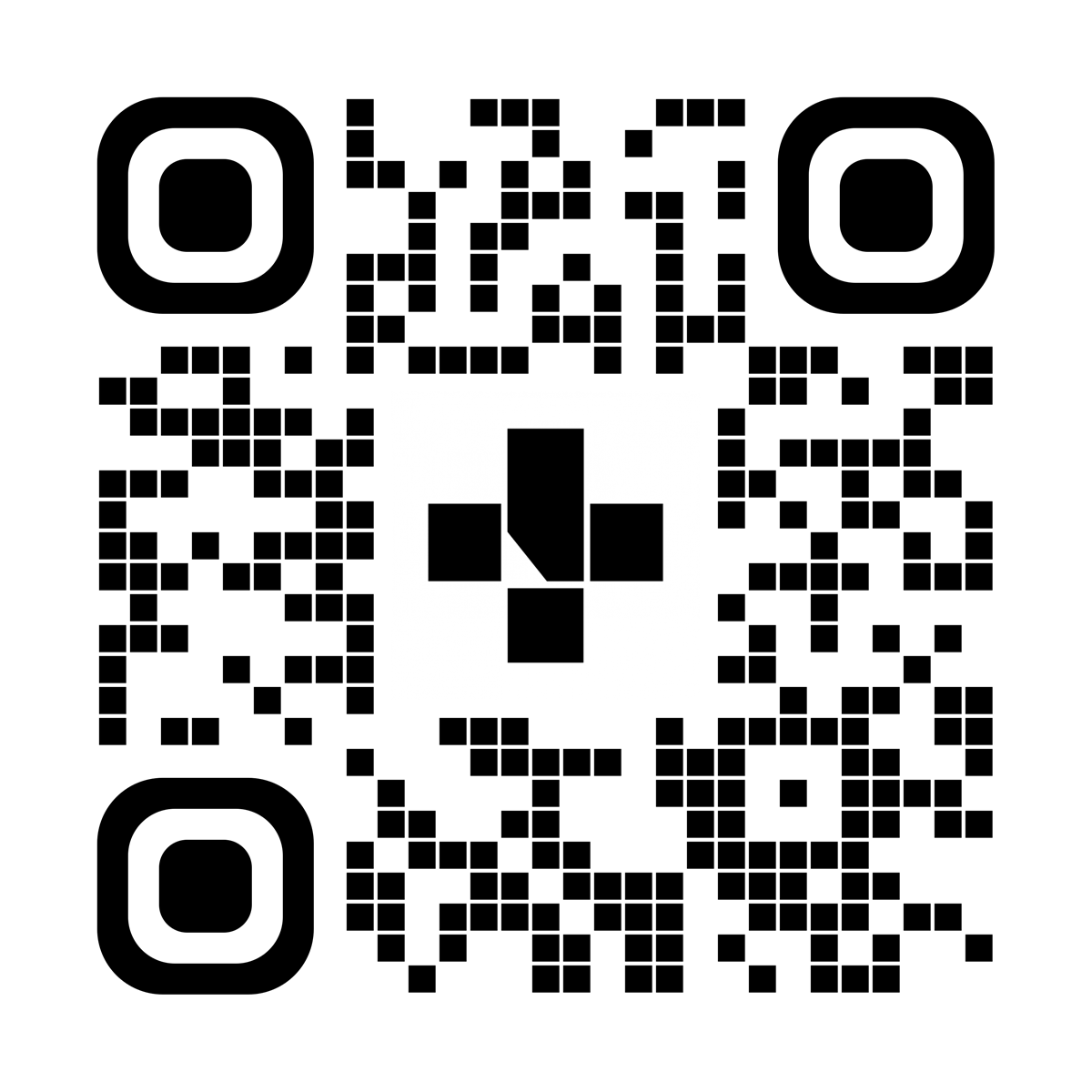Seizures
Driving in Alberta after a first-time seizure
If you may have had a seizure for the first time, you cannot legally drive. This information tells you what to do after a first-time seizure and when you might be able to drive again.
What is a seizure?
Your brain sends electrical signals to control how your body works and moves. When a seizure happens, there’s a sudden interruption to these signals. This interruption can affect your movement, speech, vision, and awareness.
Having a seizure while driving could cause you or someone else to be seriously hurt or killed.
What medical care do I need if I think I had a seizure?
If you think you’ve just had a seizure, call 911 right away or have someone take you to your nearest emergency department or urgent care centre.
The emergency room doctor will check you over to figure out if you may have had a seizure.
Then they will likely refer you to a neurologist or neurology nurse practitioner. These providers are specialists in the brain and nervous system. If you don’t get a referral from the emergency room doctor, book an appointment with your family doctor to get a referral.
The specialist will talk with you about what happened. They will also do a more complete check of your health and tests to confirm if you may have had a seizure.
Where should I report a first-time seizure?
You need to contact Alberta Driver and Fitness Monitoring. Tell them you may have had a seizure and your medical team is looking into what happened. You can contact them in the following ways:
Alberta Driver Fitness and Monitoring will send you a letter asking for more details and for your medical information.
When can I drive again?
After a first-time seizure, 2 things need to happen before you can drive again:
- A neurologist or neurology nurse practitioner needs to do tests and review their results. But normal tests do not mean you didn’t have a seizure. Your specialist will usually diagnose a seizure based on the story of what happened, your health check, and the test results together. Sometimes it still isn’t clear if you had a seizure, even after tests are done.
- Alberta Driver Fitness and Monitoring needs to review your file and confirm that it’s safe for you to drive. They will send you a letter or an email to tell you their decision.
If your test results are normal, it will likely be safe for you to drive again in 3 to 6 months. The reason for this waiting period is that you have the highest chance of having another seizure in the first 3 to 6 months after a first-time seizure.
But if your test results are not normal, you need more tests, or the specialist finds certain reasons for the seizure (such as that it was related to using alcohol or other drugs), you may need to wait longer before you can drive safely.
What other precautions should I take after a first-time seizure?
Besides not driving, here are examples of other safety precautions to take after a first-time seizure:
- Stay away from heights (for example, don’t climb a ladder or go on a roof).
- Don’t go swimming.
- Don’t take a bath when you’re alone.
- Don’t use heavy equipment or machinery.
This isn’t a complete list. Use your best judgement. Don’t do anything that could be risky in case you have another seizure. Talk to your specialist about when you can do these things again. They will advise you about what is and isn’t safe for you.
Where can I learn more?
You can learn more about seizure safety, including driving after a seizure, from the Epilepsy Association of Calgary at epilepsycalgary.com.
Watch closely for any changes in your health and be sure to contact your healthcare provider or Health Link if you have any problems.
To see this information online and learn more, visit MyHealth.Alberta.ca/health/pages/conditions.aspx?Hwid=custom.ab_seizures_driving_inst

For 24/7 nurse advice and general health information call Health Link at 811.
Current as of: November 25, 2021
Author: Neurosciences, Rehabilitation, & Vision, Alberta Health Services
This material is not a substitute for the advice of a qualified health professional. This material is intended for general information only and is provided on an "as is", "where is" basis. Although reasonable efforts were made to confirm the accuracy of the information, Alberta Health Services does not make any representation or warranty, express, implied or statutory, as to the accuracy, reliability, completeness, applicability or fitness for a particular purpose of such information. Alberta Health Services expressly disclaims all liability for the use of these materials, and for any claims, actions, demands or suits arising from such use.
